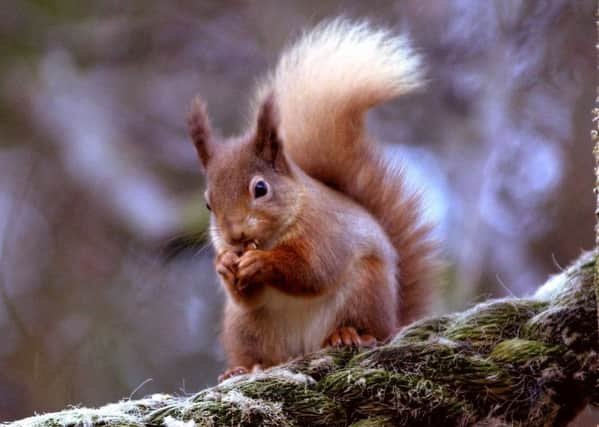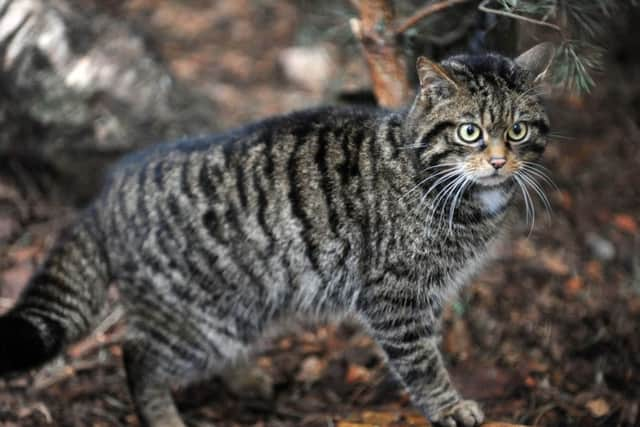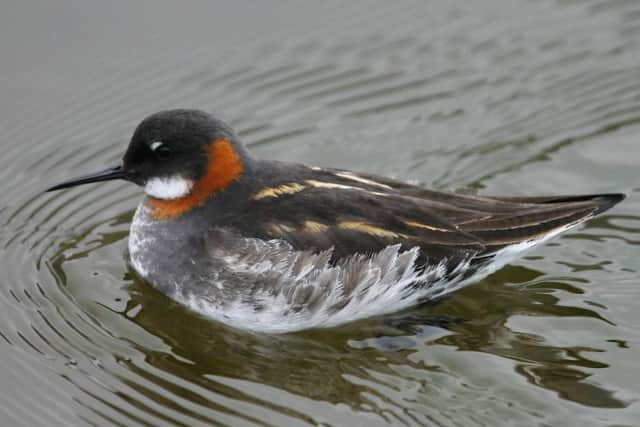Scotland's at risk animals and what charities are doing
This article contains affiliate links. We may earn a small commission on items purchased through this article, but that does not affect our editorial judgement.


The Scottish Wildcat
Status: European Protected Species
What?:


The Scottish Wildcat has been designated a European Protected Species with around 35 to 100 left in the wild.
The wildcat is firmly rooted in Scottish history. They were here long before humans and the domestic cat and are the only wild animal to be untameable. Despite their appearance, wildcats are incredibly tough predators that are capable of surviving the elements and defeating some of nature’s fiercest inhabitants.
Advertisement
Hide AdAdvertisement
Hide AdAs humans changed the landscape, the numbers of the animal have slowly been lost. Today the biggest threat is cross-mating with feral domestic cats which has watered down the wildcat genes, creating an animal which looks like wildcats but exhibits much different behaviours.
Complete extinction of the animal could come within the next few years.


How to help: The Scottish Wildcat Association aims to protect the animal through their independent conservation project Wildcat Haven. Wildcat Haven works in West Highlands and neuters feral cats, researches feline populations and carries out genetic tests to identify wildcats from hybrids and feral cats.
Red-necked phalarope
Status: Protected in the UK under the Wildlife and Countryside Act, 1981.


What?: The red-necked phalarope is one of the UK’s rarest birds and can only be found in Shetland and the Western Isles. The endangered species have just 36 breeding pairs throughout the county and have seen their numbers reduced by a quarter in a decade.
Phalaropes are interesting creatures due to their enjoyment of spending time in the water, rather than at the edge. Females of the species are brightly coloured to attract males, while the males are more camouflaged as they spend their time incubating the nest. In a complete role reversal, the females compete for rests, choose a male and then defend him against other females before leaving when the chicks arrive for the male to raise on his own.
Currently, there around just 15 and 50 nesting males are in Scotland.
How to help: The RSPB are dedicated to monitoring the phalaropes. In doing so they can learn to what extent the Scottish population may be impacted by future changes at sea.


Red Squirrel
Advertisement
Hide AdAdvertisement
Hide AdWhat: Scotland boasts over 80 per cent of the UK’s popular of red squirrel. Today, there are only around 120,000 red squirrels left in Scotland - half the number of grey squirrels. If the decline continues, they could become extinct from the country within the next generation.
Since the introduction of the grey squirrel from North America, the red squirrel has been forced out of its original habitat. Greys carry a virus, which is harmless to them but fatal to reds with nine cases being found in Scotland. The woodland creatures can be found in native Scots pine and oak woodland areas across Aberdeenshire, Dumfries & Galloway, the central Highlands and the Cairngorms National Park.
How to help: Saving Scotland’s Red Squirrels dedicate their time to protecting the species before it’s too late. The charity carry out their work by asking members of the public to submit a sighting, volunteer and make a donation.
Hedgehogs
Status: Classified as a Priority Species in the UK Biodiversity Action Plan, partial protection under the Wildlife & Countryside Act (1981)
What?: Hedgehogs were first recorded in the Western Isles in 1982 and subsequently spread across islands and grew in population. It wasn’t until 1995 that is was noted how much damage they were causing to wader populations. They ate the eggs and young chicks of the birds and were responsible for up to half of all breeding failures among lapwing, dunlin, ringed plover and snipe. A controversial cull was introduced and started to wipe out about 5,000 hedgehogs.
How to help: The Scottish Wildlife Trust works to create a healthy, resilient ecosystems across Scotland’s land and seas. They work towards protecting endangered species through the help from volunteers and donations from the public.